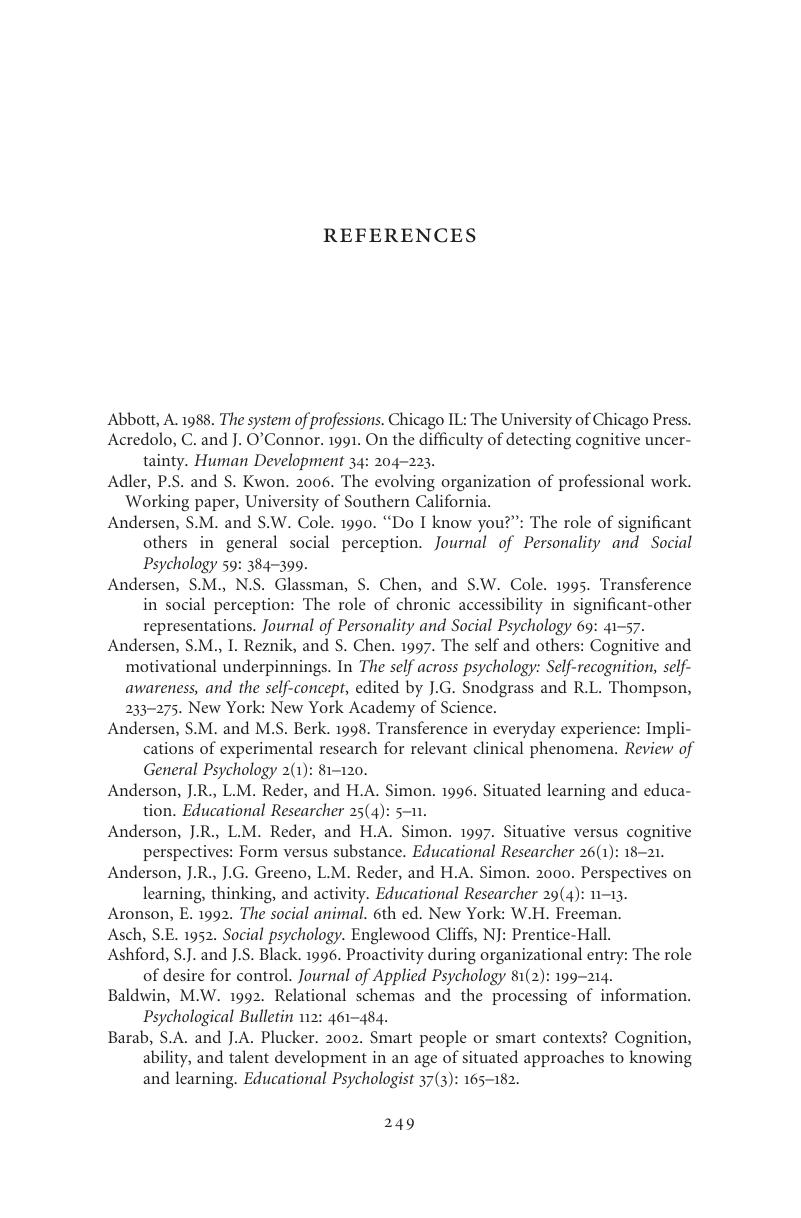References
Published online by Cambridge University Press: 10 January 2011
Summary

- Type
- Chapter
- Information
- Bullish on UncertaintyHow Organizational Cultures Transform Participants, pp. 249 - 258Publisher: Cambridge University PressPrint publication year: 2008

